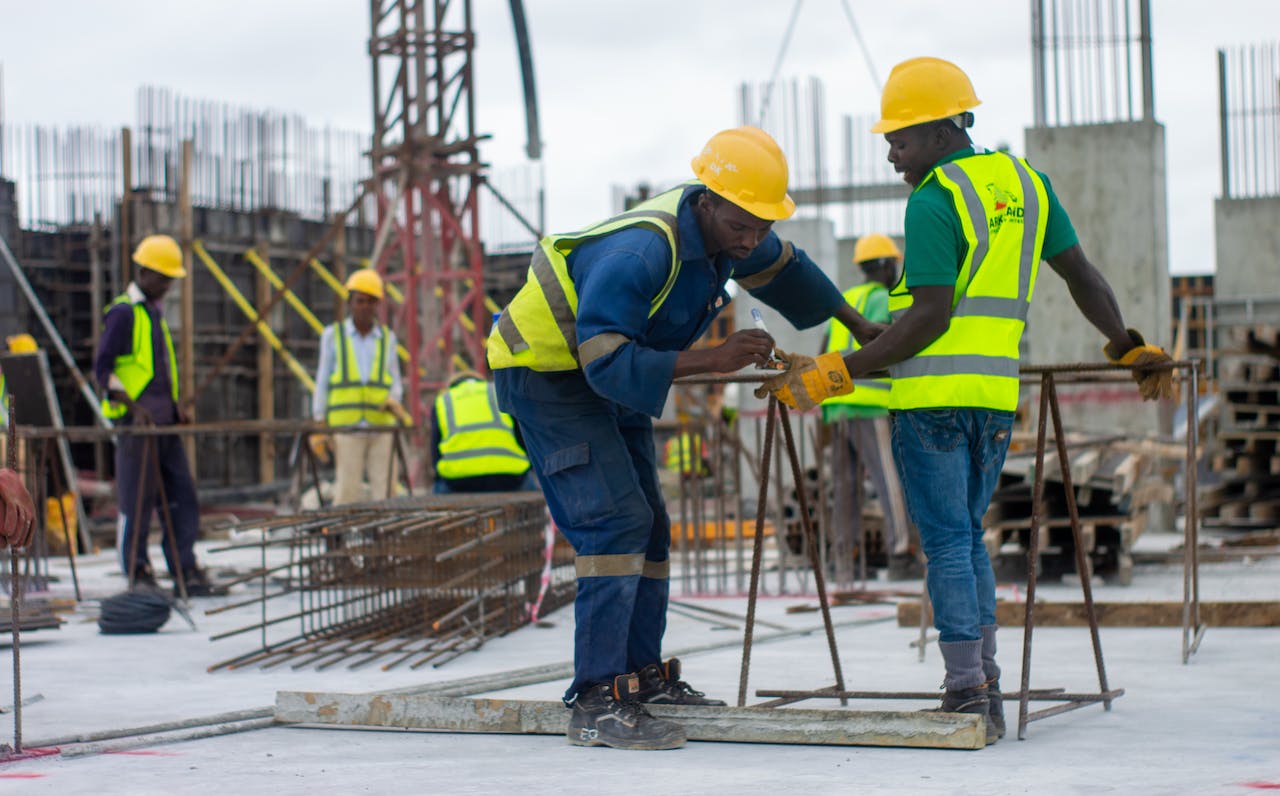The construction industry experienced a setback in hiring during November, with the residential sector taking a notable hit, according to the latest report from the Labor Department released on Friday. The residential construction segment saw a decline of 1,700 jobs from the previous month, contributing to an overall increase of just 2,000 jobs in the construction sector for November. This figure marked a significant drop from the preceding three-month average of 21,000 and represents the slowest monthly growth since March.
Nick Grandy, a senior analyst specializing in construction and real estate at RSM US, expressed his surprise at the unexpected downturn in jobs in the construction sector. “Today’s jobs report is a bit of a surprise, as we were expecting the construction industry to add between 15,000 and 20,000 jobs for the month of November,” Grandy stated in an interview with Yahoo Finance. He highlighted that the specialty contractor segment, vital for construction growth, added only 1,900 jobs for the month, defying expectations.
The disappointing figures followed a surge in new housing projects in October, with a 1.9% increase in groundbreaking activities, encompassing both single-family and multifamily homes. However, the strength in single-family construction contrasts sharply with a decline in multifamily construction, down in the mid- to high-20% range, as reported by Bespoke Investments Group.
Grandy remains optimistic about the long-term prospects of the housing industry, attributing the current dip to seasonality and anticipating continued job growth to meet the demand for additional housing stock. “As the long-term demographics in housing continue to remain positive for the industry, with the millennial generation reaching prime buying age and household formations across the US continuing to outpace housing completions, I would expect that housing will continue to add jobs,” he commented.
Ken Simonson, chief economist at Associated General Contractors, echoed this sentiment, foreseeing a shift in the construction pipeline towards single-family units and away from declining multifamily and non-residential sectors.
Despite the temporary setback, the construction industry has witnessed a year-over-year increase of 200,000 jobs, marking a 2.6% growth rate. However, the non-seasonally adjusted unemployment rate for the construction industry rose to 4.8% in November, while the overall unemployment rate across all industries decreased to 3.7%.
Experts, including Grandy, emphasized the role of seasonality in construction hiring trends. “You lay off people in the winter that drives your unemployment rate higher and then it comes back down,” he explained.
On a positive note, residential specialty trade contractors added 2,700 jobs in November, although slightly below the three-month average pre-COVID. Wage growth in the construction sector remains a bright spot, with average hourly construction wages rising by 5.9% year over year in November, surpassing the national average.
The construction industry currently boasts 423,000 job openings, indicating a drop of 4,000 jobs from September but still a significant increase of 25,000 from the previous year. However, the challenges of labor scarcity persist, with 5% of open jobs in the construction sector going unfilled in October, a rate higher than both the previous year and the initial stages of the pandemic, as highlighted by Anirban Basu, chief economist for Associated Builders and Contractors. “While labor market tightness is easing across all economic segments, worker scarcity remains a pressing issue for the construction industry,” Basu warned, anticipating continued headwinds in the coming quarters.



